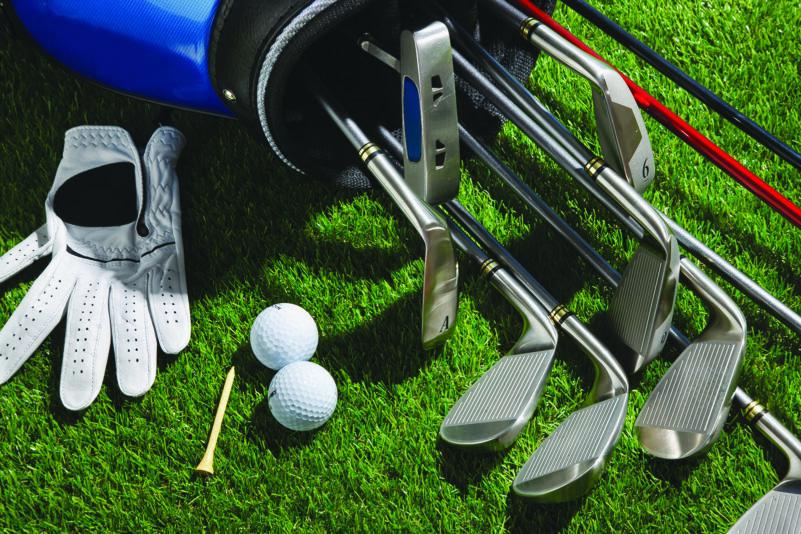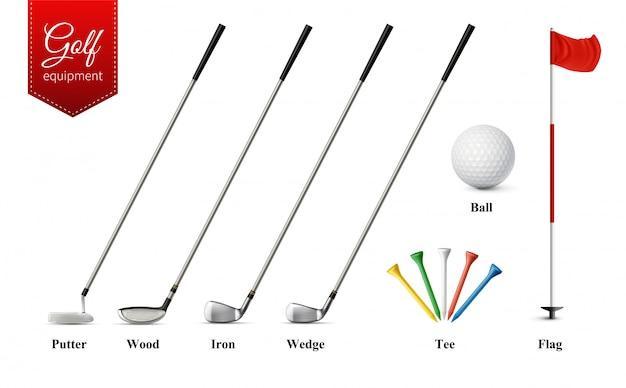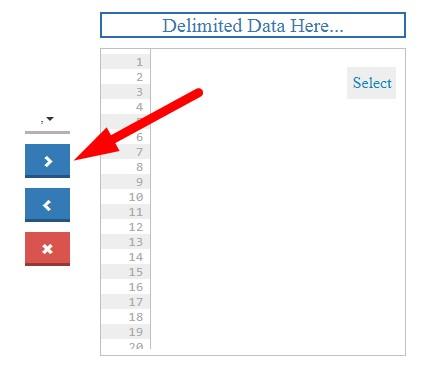Enhancing Golf Performance Through Equipment Optimization
The study of golf equipment has greatly advanced with the integration of academic research, offering golfers essential insights into how to enhance their performance. This scholarly approach encompasses various aspects such as club head design, shaft characteristics, and grip ergonomics, equipping players with the knowledge needed to make informed choices about their gear and improve their game.
Understanding Club Head Design: The Role of Geometry in Performance
The design of a golf club head is pivotal in determining its effectiveness. Research has highlighted how different geometrical features influence ball flight dynamics, thereby enhancing distance, accuracy, and control.
Key Variables in Club Head Geometry
- Face Angle: The angle at which the club face meets the ball affects trajectory and spin.
- Loft: The angle between the club face and shaft influences initial launch direction.
- Contact Area: The portion of the club head that strikes the ball impacts spin rates.
- Weight Distribution: How weight is allocated within the club head can affect swing speed and energy transfer.
Aiming for Optimal Club Head Geometry
Research indicates that specific geometrical configurations can significantly boost performance across different types of clubs:
- P drivers:
- P irons:
- P putters:
| Club Type | Optimal Design Features | |||||||||||||||
|---|---|---|---|---|---|---|---|---|---|---|---|---|---|---|---|---|
| Drivers | Large face area; low loft | |||||||||||||||
| Irons < td >Diverse lofts; optimized contact area < tr >< td >Putters < td >Alignment aids; consistent face design |
Shaft Dynamics: Their Impact on Swing MechanicsThe shaft is a fundamental element affecting swing dynamics. Characteristics such as flex, weight, and torque play crucial roles in determining shot trajectory and overall swing efficiency. Understanding these factors allows golfers to select shafts that complement their unique swings effectively.< / p > Shaft flex directly influences performance: stiffer shafts offer more control but less forgiveness on mishits while softer shafts provide greater ease but may sacrifice precision—ideal for slower swing speeds. Additionally,< strong>a heavier shaft promotes stability while a lighter one encourages faster swings but might compromise control.< / p > Torque also plays a significant role; higher torque allows for easier manipulation during shots while lower torque enhances consistency by minimizing unwanted rotation during impact.< / p > The Importance of Grip Ergonomics: Enhancing Control Through Proper FitA well-fitted grip is vital for optimal performance as it establishes a secure connection between golfer and club. An appropriate grip size reduces fatigue while improving accuracy by allowing better control over shots.< / p >
|






